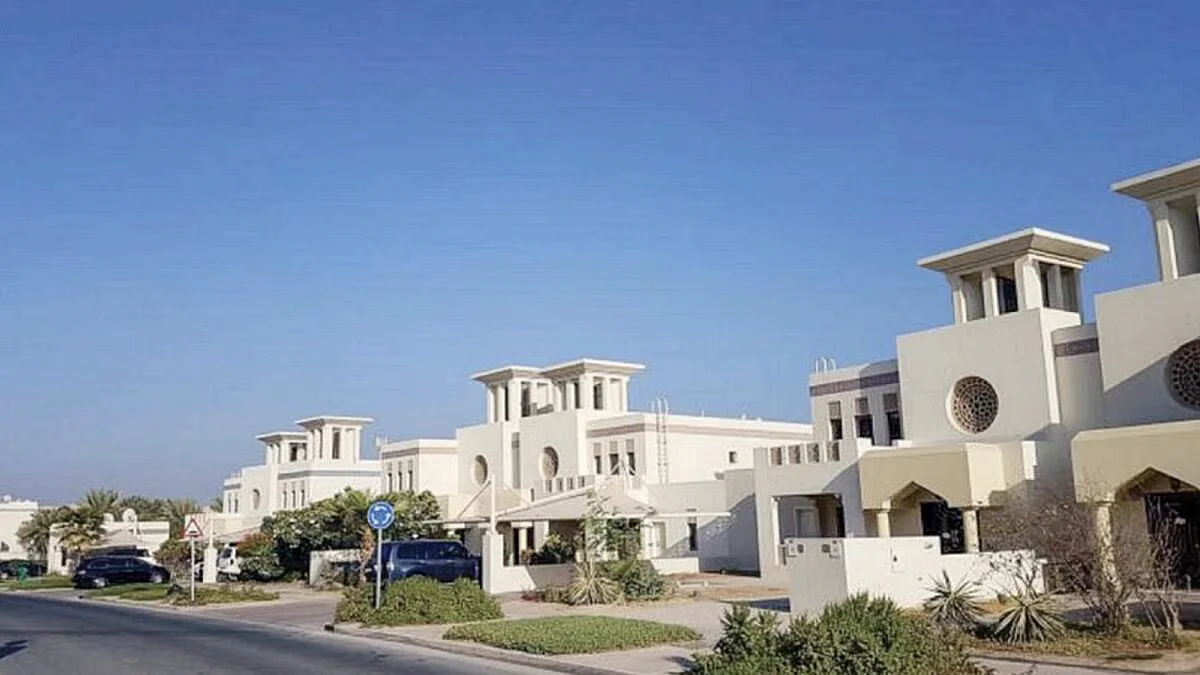
UAE Homes: How To Use Humidity-Resistant Paints To Prevent Cracking Walls
UAE residents often face the challenge of humidity's impact on their homes. During summer, when a house is being ventilated, dew can accumulate due to steam and condensation from the incoming air. This moisture can seep into the walls, leading to various issues such as bulging walls, rot, and even corrosion. High humidity, especially indoors, and inadequate ventilation can lead to moisture accumulation on walls and surfaces.
These effects are not only unsightly but also damaging. Engineers explained that peeling paint, discoloration, and mold stains are common problems caused by improper paint application and prolonged exposure to humidity.
Recommended For YouStay up to date with the latest news. Follow KT on WhatsApp Channels.
Mohammed Al Najdi, owner of Al Maamar Al Najdi Construction Company, said the causes of humidity are varied and may include water leakage from broken pipes or surface water leakage. Poor implementation, such as improper use of insulation materials, can also lead to humidity problems. Weak plaster can cause water to seep into the walls.
Moisture can also seep into the building from the ground, mainly if effective insulation is not used between floors and walls.
"Addressing the source of the moisture is essential to avoid associated problems such as mold and material corrosion," Al Najdi underscored.
Correct paint applicationAl Najdi outlined the correct steps for applying paint to avoid these problems, preserve the paint longer, and ensure resistance to both moisture and heat.
He advised after the brickwork is completed, plaster must be applied, followed by several layers of putty, and then paint. These materials, applied before painting, act as insulating layers in new construction.
The paint renewal process consists of two stages: the first stage is the treatment (removal of the old paint), and the second stage is the application of the new paint. "The old paint and plaster must be removed because they have absorbed moisture. After reaching the bricks, they must be washed and dried because they contain salinity. Then, the plaster, insulation materials, and new paint are applied." Al Najdi added.
"These are considered high-level application stages," he noted, adding that many insulation materials and thermal foundations are used to ensure proper insulation quality.
Treatment can also be done at a lower level by removing only the old paint, coating the wall with an insulating material, applying putty, and then painting. However, this method may allow the new paint to absorb moisture shortly since the water-absorbing plaster remains.
Before any treatment, a specialist or engineer should identify and fix the source of the leak or moisture, which could be underground, from a broken faucet, or another cause. "If the treatment is complete and the foundation and insulation materials are in place, the moisture will not affect the paint," Al Najdi emphasised.
Choosing the right paintBelal Wasfy, owner of Al-Farid Al-Dhahbi Technical Services, noted that plaster quality is the main factor affecting paint durability. "Foundation is the key. Humidity-resistant materials must be chosen before applying the paint, such as epoxy, acrylic, silicone, or oil. These are moisture-resistant paints," he explained.
In coastal areas with high humidity, epoxy is more resistant to moisture. It is suitable for use in kitchens or bathrooms.
Acrylic paint is water-based and best for interior rooms without high humidity. Moisture-resistant oil paint is suitable for outdoor use and is more cost-effective.
"Treating the walls is an essential step before applying the paint," Wasfy added.
Wasfy explained that the lifespan of that paint relies on many factors: "The lifespan of exterior paint for an economical product is around 3 to 5 years, while for a high-quality product it ranges from 5 to 7 years.”
He further explained that it also depends on elements found online, such as the method of application, the quality of the preparation and priming before painting, and whether the paint is exposed to direct sunlight, etc.
"Similarly, the lifespan of interior paint can be estimated at 3 to 5 years for standard quality and 5 to 7 years for high quality. This also depends on factors such as the level of humidity indoors, poor usage, the presence of children, keeping pets, or other forms of misuse,” Wasfy noted.
Avoiding paint fraudExperts advised avoiding shortcuts and ensuring paint is applied correctly. They recommend:
- Signing an official contract detailing all project specifications, including material types and work scope.
Verifying the contractor's license, reputation, and physical address. Clarifying material quality by requesting exact product names instead of vague terms like "best materials."
Requesting a warranty of six months to one year. Monitoring the work during implementation to ensure it meets agreed specifications.
By following these steps, homeowners can protect themselves from fraud and ensure high-quality work.

Legal Disclaimer:
MENAFN provides the
information “as is” without warranty of any kind. We do not accept
any responsibility or liability for the accuracy, content, images,
videos, licenses, completeness, legality, or reliability of the information
contained in this article. If you have any complaints or copyright
issues related to this article, kindly contact the provider above.


















Comments
No comment